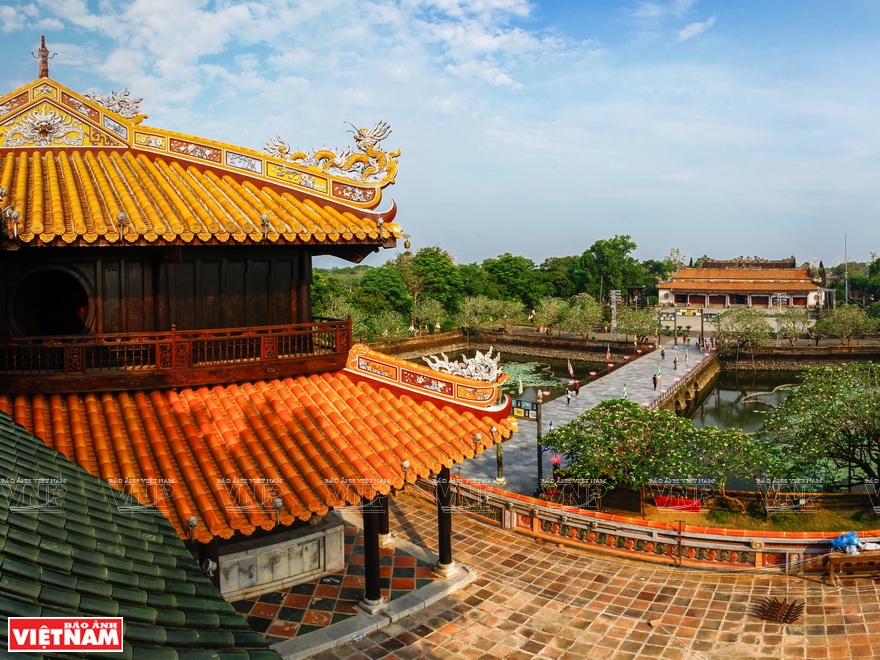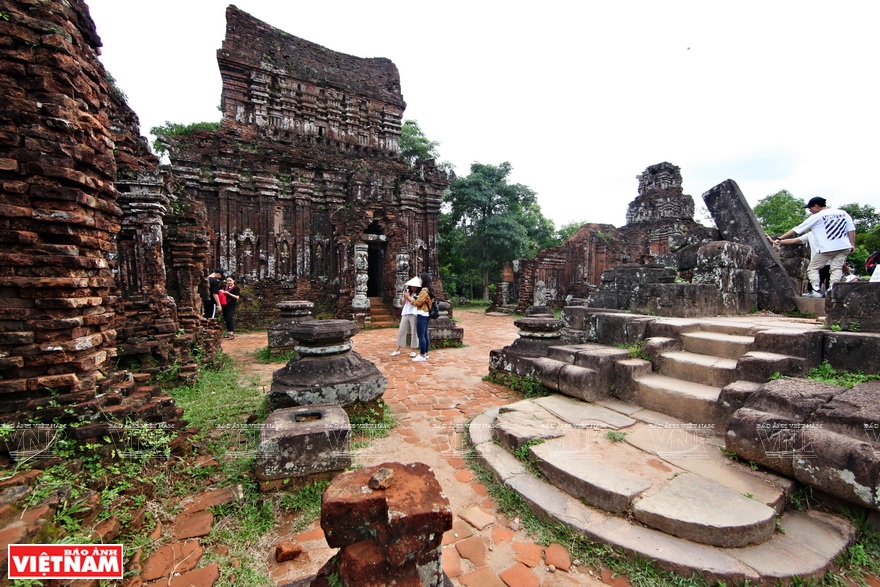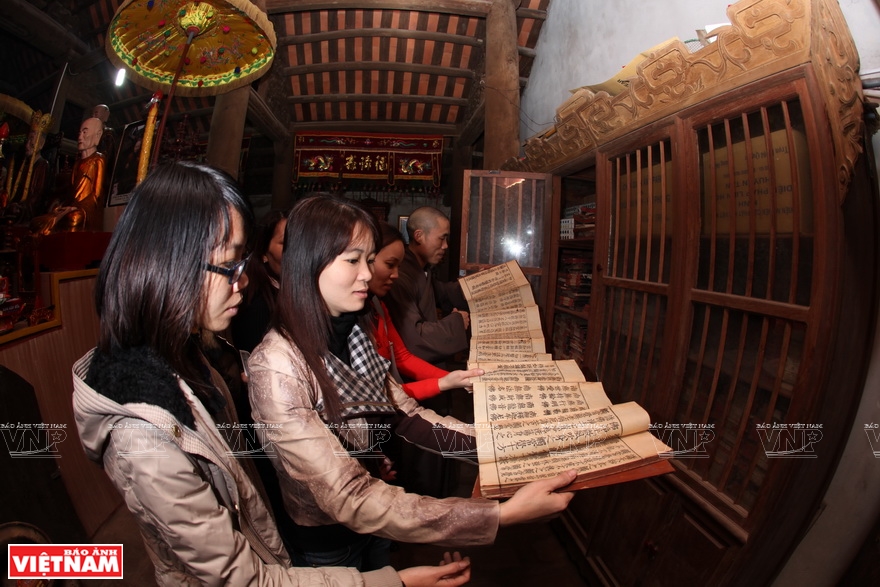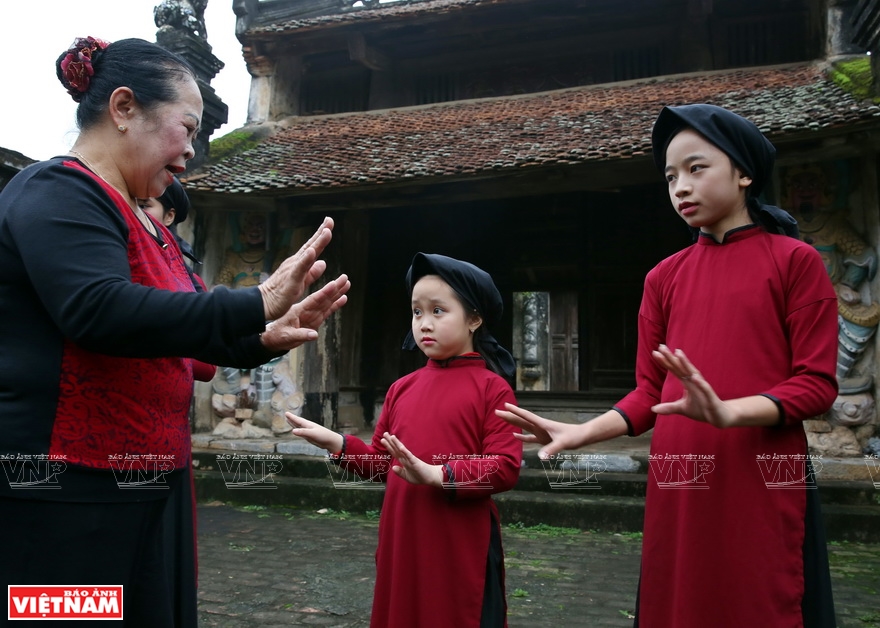Vietnam has a rich and storied treasure of natural and cultural heritages which are the pride of every Vietnamese. The country has attached great importance to conserving and promoting its heritages, which not only bring in tourism revenue but more importantly show the image of a Vietnam with a long history and rich culture.
Vietnam has 24 UNESCO-recognized world heritages. They include eight natural heritages and tangible cultural heritages which are, Ha Long Bay, Phong Nha Ke Bang National Park, Trang An Landscape Complex, and Thang Long Imperial Citadel, Ho Dynasty Citadel, Hue Imperial City, Hoi An, and My Son Sanctuary. There are also 12 intangible cultural heritages, Hue Court Music, Space of Gong Culture in the Central Highlands, Quan Ho Bac Ninh Folk Songs, Saint Giong Festival, Ca Tru Singing, Xoan Singing, Worship of the Hung Kings, Worship of the Mother Goddesses of Three Realms, Vi and Giam Folk Songs of Nghe Tinh, Tugging Ritual and Games, Art of Don Ca Tai Tu Music and Songs, and Bai Choi Singing. The heritages also include these four; Doctoral Stone Steles at the Temple of Literature, Woodblocks of the Nguyen Dynasty, Imperial Archives of the Nguyen Dynasty, and Buddhist Sutra Woodblocks of Truc Lam Zen at Vinh Nghiem Pagoda in Bac Giang province.

The former imperial city of Hue has five UNESCO-recognized heritages.

World cultural heritage My Son Sanctuary in Quang Nam province.

Buddhist Sutra Woodblocks of Truc Lam Zen at Vinh Nghiem Pagoda
in Bac Giang is a valuable document for the study of the Vietnamese language.

Xoan singing was removed from the UNESCO List of Intangible Cultural Heritage in Need of Urgent Safeguarding
to the List of Intangible Cultural Heritage of Humanity in 2018.

Foreign visitors experience the Space of Gong Culture in the Central Highlands-an intangible cultural heritage recognized by UNESCO in 2005. |
The Vietnamese government has considered harmonizing conservation and development which are key to promoting the country’s heritages.
“Conserving and promoting heritages are the responsibility of not only the state but also the people and community,” said Prime Minister Nguyen Xuan Phuc. He stressed that the conservation must promote the cultural identity of Vietnam to enrich the world’s diverse cultural identities while ensuring the country’s fulfillment of its international commitments in managing and protecting heritages.
“If I am here to represent UNESCO in Vietnam, you represent the values UNESCO can bring to your people. Only you, through your work, can help the community understand the meaning of those values.”
Michael Croft, UNESCO’s Head of Office in Vietnam |
“Each heritage in our country is proof that Vietnam is open to integration and cultural and historical values in the development of human civilization. Hoi An and My Son Sanctuary in Quang Nam province are among those heritages,” the Prime Minister said at the 20th anniversary of the recognition of Hoi An and My Son sanctuary as world cultural heritages.
In recent years, the number of foreign tourists visiting world heritages in Vietnam has risen sharply, bringing in major revenue for the localities. Among the popular destinations are Ha Long bay, Hue imperial city, Hoi An, Trang An landscape complex, the Temple of Literature and Huong pagoda.
By VNP